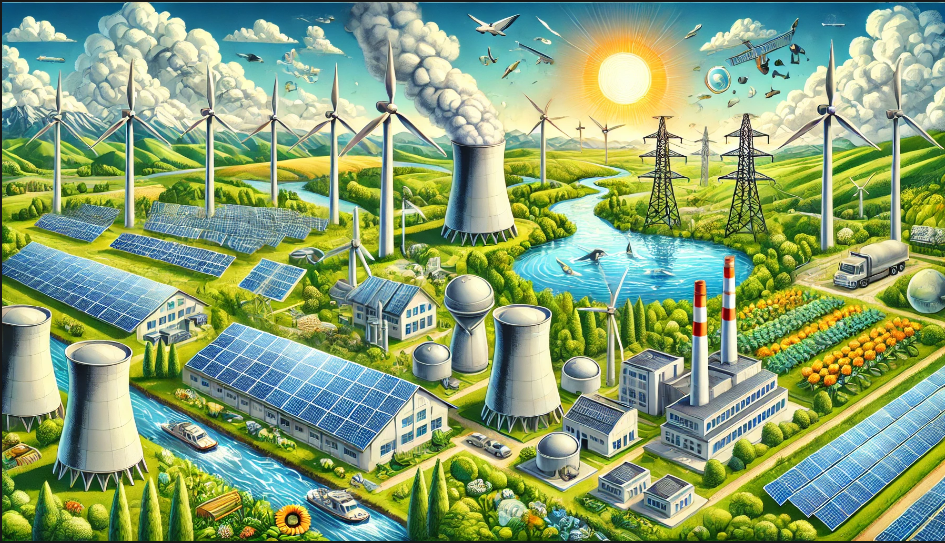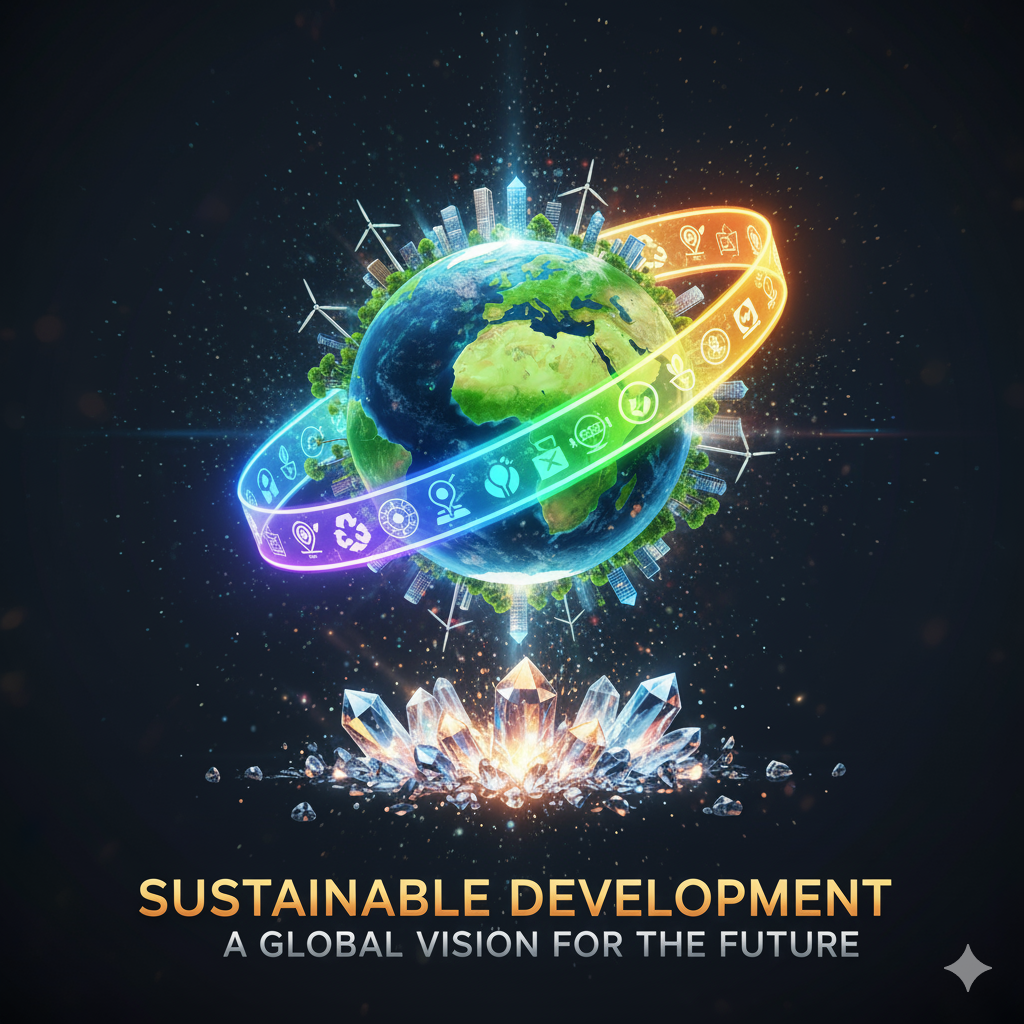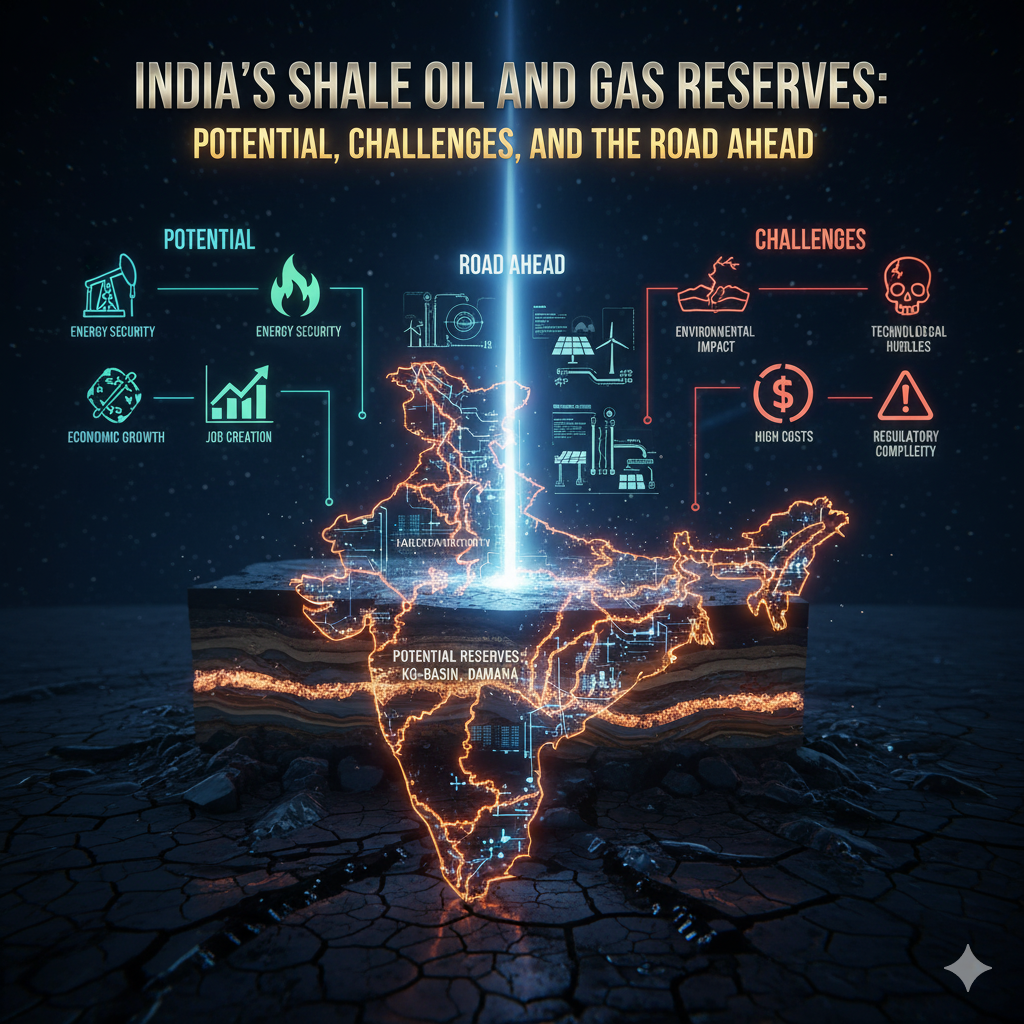Green energy, also known as renewable energy, refers to energy generated from natural resources such as sunlight, wind, rain, tides, geothermal heat, and more. These energy sources are replenishable and environmentally friendly, unlike fossil fuels that deplete over time and contribute significantly to climate change. The transition to green energy technologies has become imperative to address the pressing issues of environmental degradation, resource depletion, and global warming. In this essay, we will explore the various green energy technologies, their importance, the challenges they face, and their potential to shape a sustainable future.
1. The Importance of Green Energy Technologies
In recent decades, the adverse effects of climate change have become more evident, with rising temperatures, extreme weather events, and the depletion of natural resources. The burning of fossil fuels, such as coal, oil, and natural gas, is the primary contributor to carbon emissions, which trap heat in the atmosphere, causing global warming. Green energy technologies, by contrast, offer a sustainable alternative that reduces greenhouse gas emissions and dependence on finite resources.
The importance of green energy lies not only in its environmental benefits but also in its potential to stimulate economic growth. The green energy sector has created millions of jobs worldwide, ranging from research and development to the installation and maintenance of renewable energy systems. Moreover, these technologies provide energy security by diversifying the energy mix and reducing dependence on imported fossil fuels.
2. Types of Green Energy Technologies
Green energy technologies encompass a wide range of systems that harness renewable resources to generate electricity, heat, and fuel. Here are some of the most prominent green energy technologies:
a. Solar Energy
Solar energy is one of the most widely recognized forms of renewable energy. It involves capturing sunlight through photovoltaic (PV) cells or solar thermal collectors and converting it into electricity or heat. Solar energy is abundant, free, and produces no greenhouse gas emissions during operation. The key challenge lies in the intermittent nature of sunlight, making energy storage systems necessary to ensure a reliable power supply.
Solar power can be used at various scales, from small rooftop installations for residential use to large-scale solar farms that contribute to the electricity grid. Recent advancements in solar technology, such as the development of more efficient solar panels and energy storage solutions, have made solar energy more cost-effective and accessible than ever before.
b. Wind Energy
Wind energy is another vital green energy technology. It involves harnessing the power of wind through turbines that convert wind movement into mechanical energy, which is then used to generate electricity. Wind farms, either onshore or offshore, are becoming an increasingly common sight in many countries. Like solar power, wind energy is intermittent, as it depends on wind speeds, which can vary throughout the day and across seasons.
However, wind energy has numerous advantages, including its scalability, low operational costs, and minimal environmental impact. Offshore wind farms, in particular, have gained attention due to their potential for producing vast amounts of electricity in areas where wind speeds are higher and more consistent.
c. Hydropower
Hydropower, also known as hydroelectric power, is one of the oldest and most established forms of renewable energy. It involves using the gravitational force of falling or flowing water to generate electricity. Large dams, run-of-river systems, and tidal power plants are some of the common ways hydropower is harnessed. While hydropower provides reliable and consistent power, it can have significant environmental impacts, such as habitat disruption and changes to local ecosystems.
Despite these concerns, hydropower remains a significant contributor to global electricity generation and continues to be developed with a focus on minimizing its environmental footprint. Small-scale hydro projects, in particular, are gaining traction as a more sustainable solution compared to large dams.
d. Geothermal Energy
Geothermal energy harnesses the heat stored beneath the Earth’s surface to generate electricity or provide direct heating. Geothermal power plants use steam or hot water from deep underground reservoirs to drive turbines and produce electricity. Geothermal energy is considered a reliable and consistent source of power because the Earth’s internal heat is virtually inexhaustible.
Countries with significant geothermal resources, such as Iceland, the Philippines, and New Zealand, have already made substantial progress in utilizing this technology. Geothermal energy is particularly useful in regions with tectonic activity, where heat can be accessed more easily.
e. Biomass Energy
Biomass energy involves converting organic materials, such as agricultural waste, wood, and even algae, into fuel or electricity. Biomass can be burned directly to produce heat or processed into biofuels such as ethanol and biodiesel. Biomass is considered renewable because it can be replenished through sustainable farming and forestry practices.
The advantage of biomass energy is that it can provide a continuous and reliable source of power. However, it also raises concerns regarding land use, food production, and air quality, particularly when large-scale biomass production leads to deforestation or competition with food crops. Nonetheless, ongoing research aims to improve the efficiency and sustainability of biomass energy.
f. Ocean Energy
Ocean energy technologies harness the power of tides, waves, and thermal gradients to generate electricity. Tidal energy, which is generated from the rise and fall of ocean tides, and wave energy, which captures the motion of the surface water, are two promising forms of ocean energy. Ocean thermal energy conversion (OTEC) uses temperature differences in the ocean to produce electricity.
Although ocean energy has significant potential, it is still in the early stages of development due to technical and financial challenges. However, as research and technology improve, ocean energy could become a major contributor to the global renewable energy mix.
3. Challenges Facing Green Energy Technologies
While green energy technologies offer numerous benefits, they are not without challenges. Some of the primary obstacles to their widespread adoption include:
a. Intermittency and Storage
Many renewable energy sources, such as solar and wind, are intermittent, meaning they do not produce energy consistently throughout the day or year. This makes it difficult to rely solely on these sources for power generation without proper storage solutions. Energy storage technologies, such as batteries and pumped hydro storage, are critical to overcoming this issue by allowing excess energy to be stored during peak production and released when demand is high.
b. High Initial Costs
The upfront costs of installing renewable energy systems, particularly solar panels, wind turbines, and geothermal plants, can be relatively high. While the cost of renewable technologies has decreased significantly in recent years, the initial investment can still be a barrier, especially for developing countries or individuals with limited financial resources. However, the long-term savings and environmental benefits often outweigh the initial costs.
c. Infrastructure and Grid Integration
Integrating renewable energy into existing electricity grids requires significant infrastructure upgrades. The variability of renewable energy sources necessitates advanced grid management systems that can balance supply and demand efficiently. In some regions, outdated infrastructure may struggle to handle the decentralized nature of renewable power generation.
d. Environmental and Social Impacts
Although renewable energy technologies are much cleaner than fossil fuels, they are not entirely free of environmental and social impacts. For example, large-scale hydropower projects can disrupt local ecosystems, while wind farms can have adverse effects on bird populations. Additionally, the production of solar panels and batteries requires raw materials that may need to be mined, which can contribute to environmental degradation.
4. The Future of Green Energy
Despite the challenges, the future of green energy looks promising. Governments, businesses, and individuals are increasingly recognizing the need to transition to renewable energy to mitigate climate change and create a more sustainable future. Policies and incentives that promote green energy adoption, such as subsidies, tax credits, and carbon pricing, are driving the shift towards renewables.
Technological innovations, such as improved energy storage systems, smart grids, and advanced materials for solar panels, are expected to make green energy more efficient and cost-effective. Additionally, the global push for net-zero emissions by mid-century is likely to accelerate the development and deployment of green energy technologies.
The integration of multiple renewable energy sources, along with the use of energy storage, smart grids, and demand response systems, can create a flexible and resilient energy system that can meet the demands of the 21st century.
5. Conclusion
Green energy technologies are essential for addressing the challenges of climate change, resource depletion, and environmental degradation. From solar and wind energy to geothermal and biomass, these technologies offer a sustainable path toward a cleaner, more resilient future. While challenges such as intermittency, high initial costs, and infrastructure integration remain, ongoing research and development are paving the way for more efficient and accessible green energy solutions. The transition to a green energy future is not only necessary for the survival of our planet but also presents an opportunity for economic growth, job creation, and technological innovation. By embracing these renewable energy technologies, we can create a sustainable and thriving world for future generations.




